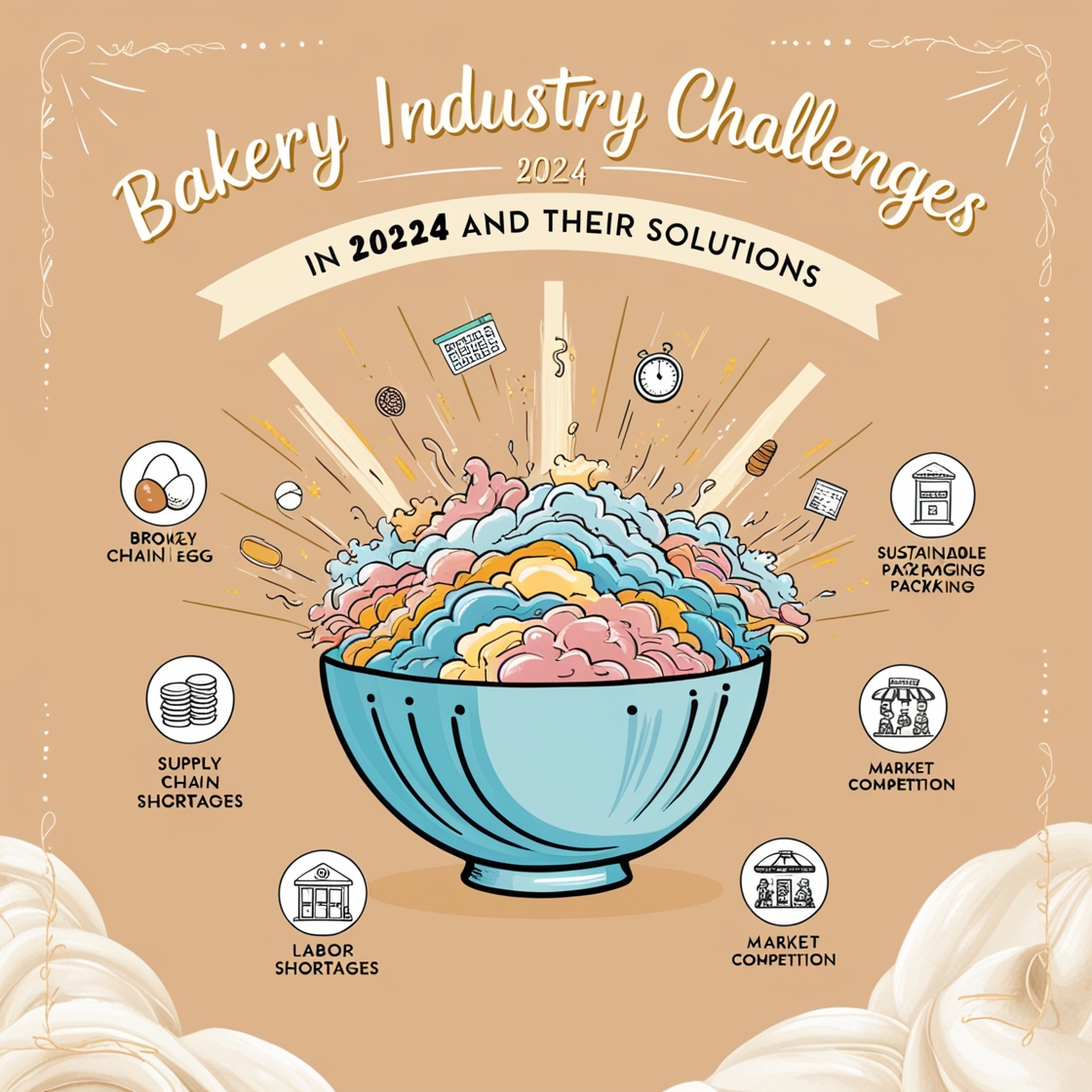In today’s interconnected world, global economic shifts have far-reaching consequences for businesses, investors, governments, and individuals. Understanding these changes is crucial for anyone seeking to navigate the complexities of the global marketplace. From inflationary pressures and supply chain disruptions to changing energy markets and geopolitical tensions, the world economy is undergoing dramatic transformations. This article explores some of the most significant shifts in global economic trends and breaks down what they mean for economies and markets worldwide.
1. Inflation and Central Bank Policies: A Global Challenge
One of the most significant economic shifts impacting the world today is the rise in inflation. Across multiple regions, from the U.S. and Europe to emerging markets in Asia and Latin America, inflation has reached levels not seen in decades. This surge in prices is a result of multiple factors: rising demand as economies recover from the COVID-19 pandemic, persistent supply chain issues, and geopolitical disruptions, notably the war in Ukraine, which has led to energy price hikes.
The Inflationary Surge
In the United States, inflation hit a 40-year high in 2022, prompting the Federal Reserve to adopt an aggressive stance by raising interest rates multiple times in an effort to cool down the economy. Similarly, the European Central Bank (ECB) and the Bank of England have been raising rates to tackle soaring inflation, with the ECB even entering its first major interest rate hike cycle in over a decade.
Higher inflation has far-reaching effects. For consumers, it means higher prices for everyday goods and services, from groceries to gas. For businesses, increased input costs—such as raw materials, wages, and energy—result in higher operational costs, which can lead to reduced profit margins. Companies may attempt to pass these costs on to consumers through price hikes, contributing to the cycle of inflation.
Central Bank Responses
The central banks of major economies are walking a tightrope: raising interest rates to curb inflation while avoiding triggering a recession. A rate hike increases the cost of borrowing, which in turn slows down consumer spending and business investment. This cooling of demand is intended to reduce inflation, but there is a fine line between managing inflation and inducing an economic slowdown.
For investors, this presents both challenges and opportunities. While rising interest rates tend to hurt high-growth sectors such as technology, they can be beneficial for sectors like banking, which tends to benefit from higher borrowing costs. Bonds, which typically perform poorly in a rising interest rate environment, are also affected. In contrast, defensive stocks in sectors like utilities, healthcare, and consumer staples may be more resilient.
2. Geopolitical Tensions and Their Impact on Global Markets
Geopolitical instability is another significant force shaping global economics today. From the ongoing war in Ukraine to tensions between China and the U.S., and instability in the Middle East, these geopolitical events create uncertainty in global markets and have far-reaching consequences on trade, investment, and energy prices.
The Russia-Ukraine War
One of the most disruptive events to the world economy in recent times has been Russia’s invasion of Ukraine. Beyond the humanitarian crisis, the war has severely disrupted global energy markets, particularly in Europe. Russia is a major supplier of natural gas and oil to Europe, and the war has led to sanctions and embargoes that have curtailed energy exports. In response, Europe has been scrambling to find alternative energy sources, including increasing imports of liquefied natural gas (LNG) from other countries, but this comes at a higher cost.
Energy prices have surged globally, contributing to the inflationary pressures already seen in many economies. The energy crisis in Europe, exacerbated by the war, is prompting both government and corporate-level shifts toward renewable energy sources, as well as efforts to conserve energy and reduce dependence on fossil fuels.
U.S.-China Relations
Tensions between the U.S. and China are another major geopolitical factor influencing global markets. The two largest economies in the world are in an ongoing trade and technology battle. The U.S. has imposed tariffs on Chinese goods, while China has retaliated with its own set of tariffs. Furthermore, the U.S. has placed restrictions on Chinese tech companies, such as Huawei, citing national security concerns.
For global businesses, the ongoing trade war has complicated supply chains, particularly for companies reliant on manufacturing in China. A growing trend of “de-risking” is emerging, where companies are looking to diversify their supply chains to reduce reliance on any single country. As tensions between the two superpowers continue to simmer, businesses are adjusting by seeking alternatives in Southeast Asia, India, and other markets.
Middle East Instability
The Middle East remains a critical region for global oil and gas markets. Political instability in countries like Saudi Arabia, Iran, and Iraq can cause disruptions in global oil supplies, leading to price volatility. For instance, the ongoing tensions between Saudi Arabia and Iran, combined with the fragile situation in Yemen, have created concerns over the stability of oil supplies from the region.
For oil-dependent countries, any significant rise in energy prices can have broad economic consequences, leading to inflation and affecting trade balances. Similarly, any significant drop in oil prices can lead to economic stagnation for oil-exporting nations.
3. Supply Chain Disruptions and Global Trade Flows
The COVID-19 pandemic had a profound effect on global supply chains, and its aftermath continues to be felt today. While many economies have opened up, supply chain disruptions persist. Shipping delays, labor shortages, and raw material scarcities have created bottlenecks that prevent goods from flowing freely across borders. The pandemic exposed how vulnerable global supply chains are to external shocks, prompting businesses to rethink their operations and invest in more resilient systems.
Reshoring and Nearshoring
To address supply chain risks, many businesses are reshoring or nearshoring their production. Rather than relying on far-off countries with cheaper labor costs, companies are bringing manufacturing closer to home, or moving operations to countries with more stable political environments. This shift not only reduces the risk of disruption but also helps reduce the environmental impact associated with long-distance transportation.
Countries in Southeast Asia, particularly Vietnam, Indonesia, and India, are seeing increasing demand for their manufacturing capabilities as Western companies look for alternatives to China. These countries are capitalizing on lower labor costs and favorable trade policies to attract businesses seeking supply chain diversification.
Technology and Supply Chain Innovation
Technology is playing a key role in overcoming supply chain challenges. Companies are investing in AI-driven solutions to predict demand more accurately, optimize inventory management, and track shipments in real-time. Blockchain technology is also being used to increase transparency and reduce fraud in global supply chains, especially in sectors like pharmaceuticals and agriculture.
Additionally, automated manufacturing systems and robotics are being adopted to reduce reliance on human labor and mitigate the effects of labor shortages. These innovations are helping businesses operate more efficiently, but they also require significant upfront investments.
4. The Rise of Sustainability and Green Business Practices
In recent years, there has been a significant shift toward sustainability in business practices, driven by both consumer demand and regulatory pressure. Governments around the world are implementing more stringent environmental regulations, while consumers are increasingly favoring brands that demonstrate a commitment to environmental, social, and governance (ESG) principles.
The Green Transition
As climate change concerns continue to rise, the transition to renewable energy has become a key focus for governments and businesses alike. The European Union, for example, has committed to becoming carbon neutral by 2050, while the U.S. is aiming to cut emissions by 50-52% by 2030. This shift is driving investment in clean energy technologies, such as solar, wind, and battery storage.
Companies that lead the charge in sustainability are benefitting from increased investor interest, as ESG-focused funds gain traction in the market. Investors are increasingly factoring in environmental and social impact when making investment decisions, which is motivating businesses to adopt more sustainable practices.
Sustainable Finance
In parallel with these shifts, sustainable finance is growing rapidly. Green bonds, sustainability-linked loans, and other financing instruments designed to fund environmentally friendly projects are becoming more popular. Companies that invest in sustainable infrastructure, clean technologies, and green projects are positioning themselves for long-term success as the global economy transitions to a low-carbon future.
5. Technological Innovation and Digital Transformation
Finally, technological innovation remains one of the most important drivers of economic change. From artificial intelligence and automation to blockchain and the Internet of Things (IoT), technology is transforming industries and creating new business models. The pandemic accelerated digital transformation in businesses around the world, with many adopting remote work technologies, cloud computing, and e-commerce platforms.
Digital Economy and Automation
Automation, particularly in manufacturing, logistics, and retail, is increasing productivity and lowering costs. This shift is expected to continue as companies look for ways to streamline operations and address labor shortages. AI and machine learning are enabling businesses to analyze vast amounts of data and make more informed decisions, enhancing efficiency and profitability.
Fintech and Digital Payments
Financial technology (fintech) is another area of rapid growth, particularly in digital payments, lending, and blockchain technology. Cryptocurrencies, such as Bitcoin and Ethereum, continue to garner attention from investors and regulators alike, with some governments exploring central bank digital currencies (CBDCs) as a way to modernize their monetary systems.
For businesses, embracing digital innovation is no longer optional—it’s essential for staying competitive in a rapidly evolving marketplace. Investors are paying close attention to technology-driven sectors, which continue to outperform in both growth and profitability.
Conclusion
Today’s world news reveals a global economy in flux, with multiple forces shaping markets and business practices. The impact of rising inflation, geopolitical tensions, supply chain disruptions, technological innovation, and the shift toward sustainability is being felt across industries and regions. For businesses, investors, and policymakers, understanding these economic shifts is crucial for making informed decisions in an increasingly complex global landscape. While these changes present challenges, they also offer significant opportunities for growth and innovation. The key to thriving in this new world is staying agile, embracing technological advancements, and adapting to the changing needs and expectations of consumers and stakeholders worldwide. Stay tuned for more World news and insights at 4cmediaco















